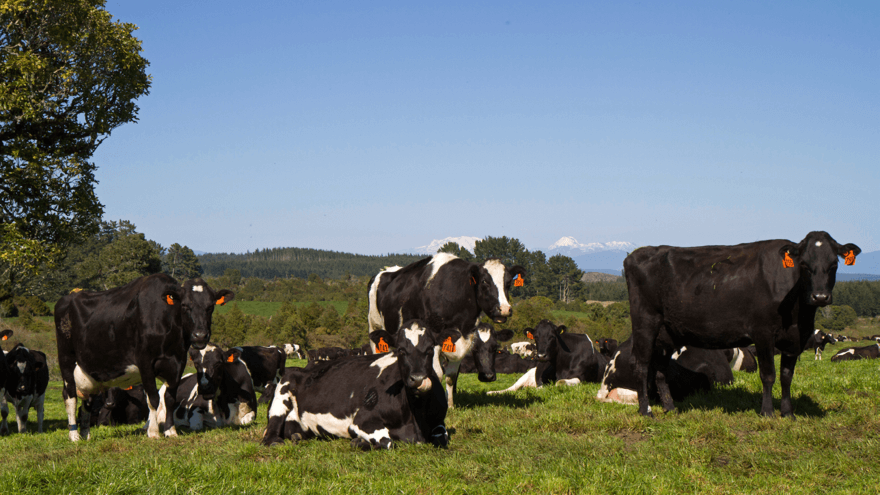
Extending lactation for increased profitability
The drive towards increased profitability demands a targeted approach throughout the year. This can be with a push towards compact calving patterns, efforts to prolong peak milk by ensuring high feeding levels early in the lactation, or the careful management of pasture and feed supply throughout the season to maintain milk. A thoughtful response to each aspect makes a valuable contribution to the overall goal.
One of the most worthwhile areas for improvement is the length of lactation. Given the good genetics of the modern dairy cow, she can comfortably deliver 305 days in milk which is well above the national average of 268 according to New Zealand dairy statistics for the 2019/20 season¹. The reasons for extending lactation are obvious; a dry cow incurs feeding and grazing costs that are no longer offset by a corresponding milk income.
While there is a natural need to dry off the herd and allow cows to regenerate their milk secretary glands and prepare for calving, there’s also a need to plan for the next season and that means dealing with a host of competing issues.
There’s the need to build up feed reserves and manage the pasture on-farm to ensure optimal average pasture covers for the start of the coming season. The overriding focus is on achieving good cow condition with a particular emphasis on heifers and second calvers. Aiming for a body condition score of 5.0 (or 5.5 for young milking cows) is best practice and sets them up well for the demands of winter and calving.
As well, the herd needs to be fed in order to keep milk flowing and to maximise the days in milk. Ideally, this is achieved by continually milking cows late into lactation. Meeting late lactation feed requirements without compromising on quality or quantity and ensuring adequate mineral levels both help meet this objective. Providing the right feed with the right balance of nutrients is important for late-lactation pregnant cows.
A cost-effective option to bolster the autumn feed budget, that also provides optimal nutrition with processed starch in pellet form, is SealesWinslow’s Home Run. This feed is digested efficiently, making more energy available for milk production. Formulated for year-round use, it helps keep cows producing for longer.
Depending on the chosen feed option, cows also benefit from supplements such as SealesWinslow’s Forage Max molasses block. This is invaluable in helping maintain mineral supplies as well as assisting with minimising potential reproductive or metabolic issues through winter and the following spring with a proven formulation of selected vitamins, minerals and trace elements.
The benefits of keeping the feeding levels up with high-energy feed well into late lactation are compelling. An additional feed allocation of 4 to 5 kg of dry matter per cow per day can lift her production by 30 kg of milk solids when used to extend lactation over an extra 20 to 30 days in milk while also increasing body condition score².
If you’d like to discuss how to optimise your herd’s lactation period using SealesWinslow’s range of supplements, contact your local PGG Wrightson Technical Field Representative.
¹New Zealand Dairy Statistics (2019-20). Retrieved from www.dairynz.co.nz/publications/dairy-industry/new-zealand-dairy-statistics-2019-20/.
²Nutrient requirements of dairy cattle. Seventh revised edition, 2001. National Academy of Sciences.



